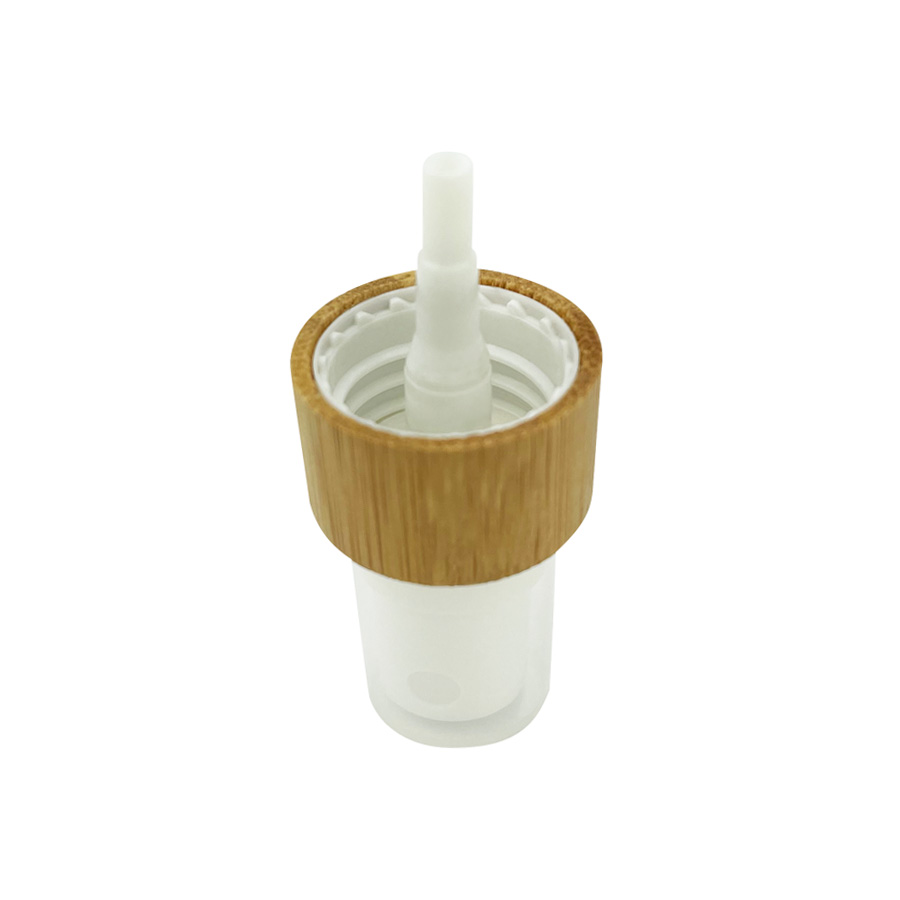Most pumps have a pressure control knob that can be used to adjust the spraying intensity of the nozzle. This can be done by increasing the pressure until the desired spray pattern is achieved. Test the spraying pressure on a piece of cardboard or other small area before painting the actual surface.
- Spraying patterns (even and tapered) with flat edges are produced by straight-through elliptical or deflector spray nozzles. The resulting spray coverage varies with distance from the nozzle orifice and depends on liquid viscosity, nozzle capacity, and spray pressure.
The Relative Span Factor, or RSF, is a useful parameter for comparing drop size distributions from alternate nozzles. The closer this number is to zero, the more uniform the spray.
To practice spraying at different distances, hold your spray gun perpendicular to the surface you are applying it to and move back and forth across the surface without fanning. Use a minimum of 2 inches to start, then increase this distance to 12 inches and continue practicing. Flex your wrist slightly at the beginning and end of each stroke to maintain the correct gun position.
Getting comfortable moving your spray gun can help you achieve an even and consistent finish. It can also help you get comfortable with the proper spraying distance. For example, if you're spraying inside a corner, aim the gun into that corner and spray each wall adjacent to it evenly and in one pass.


 English
English 中文简体
中文简体
 EN
EN 












 Fine Mist Sprayer
Fine Mist Sprayer